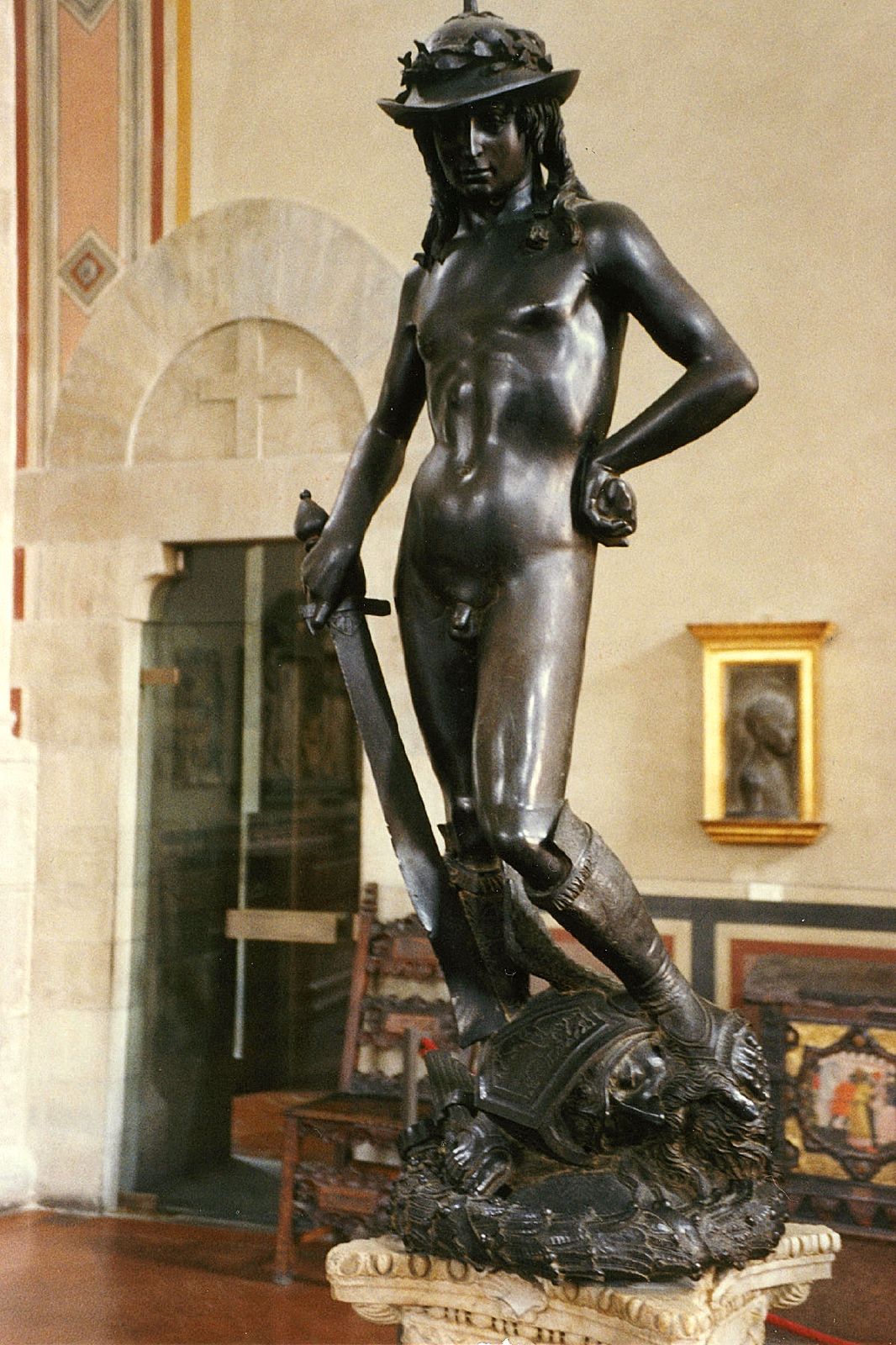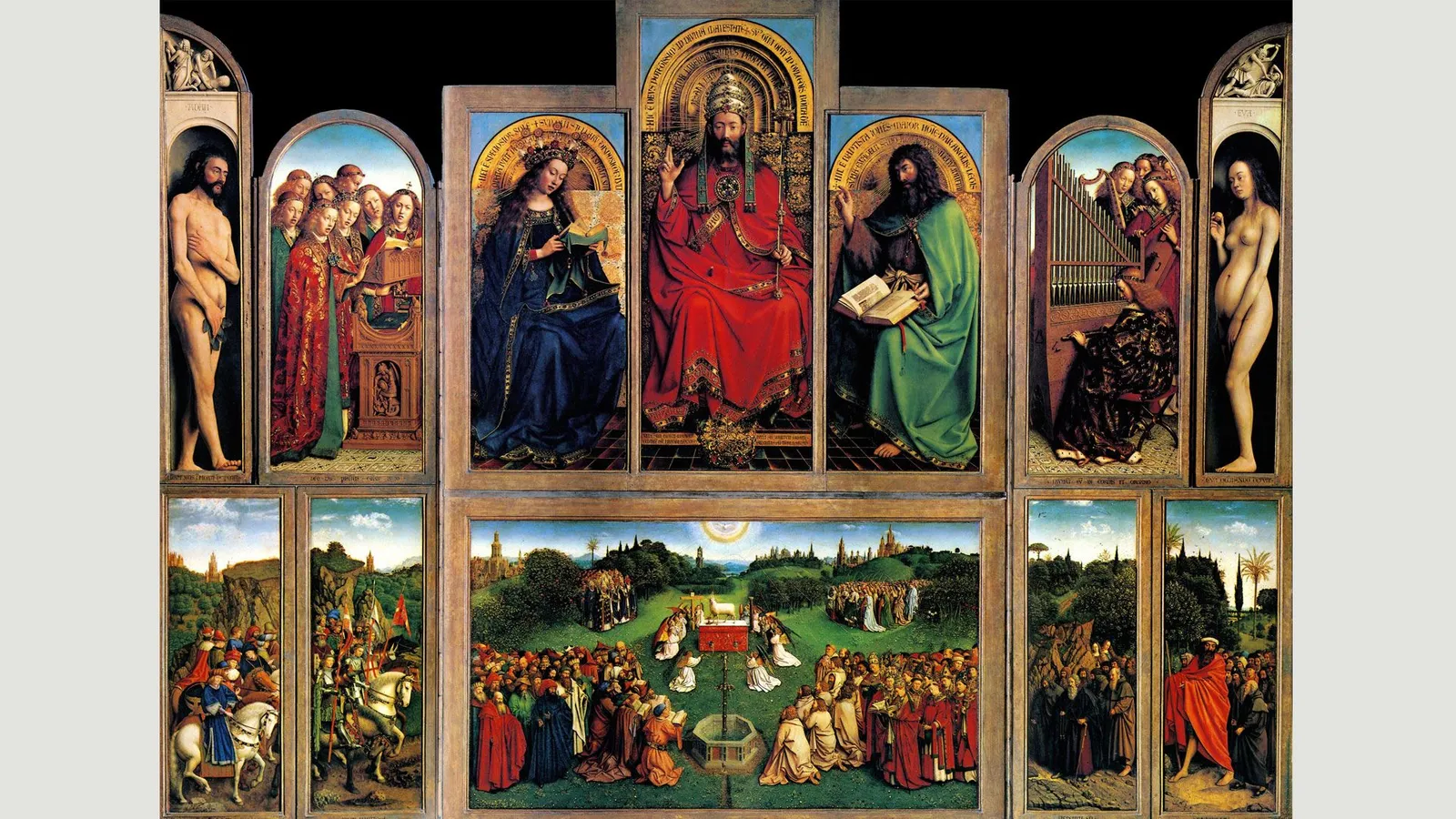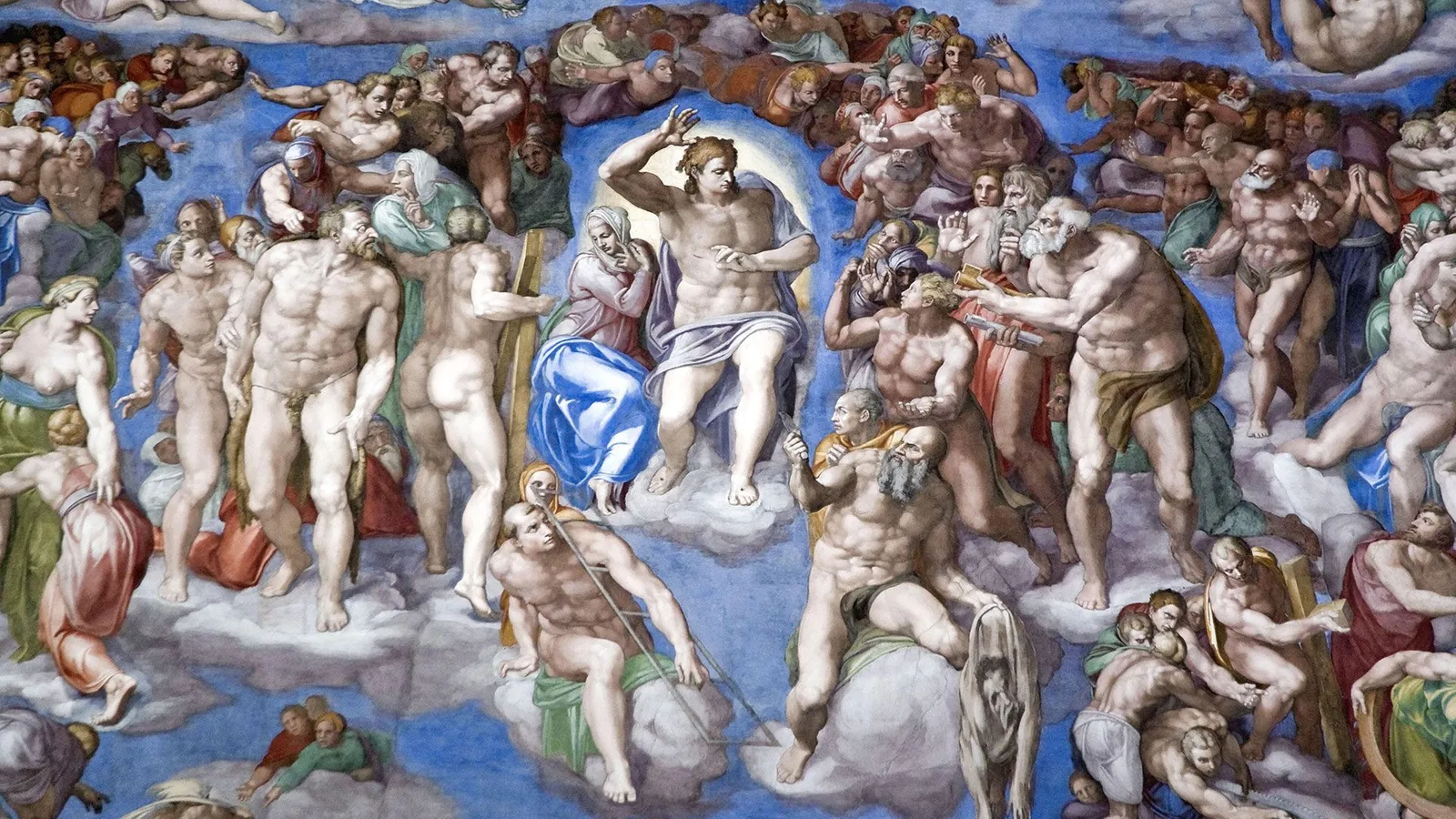
Accomplishments in arts, considering the various levels of doctrine in it being speculated by the artists’ ability to express the world's utmost complex and yet familiar object- the human body, in his creation, is deep. And considering the fact that the three great values the renaissance period holds dear were anthropocentrism, secularism, and individualism, what more is perfect than the human body and its complexity a better topic for representation. Taking the example of how one of the most prolific painters, Picasso, the father of modern art, got more and more away from true to life depictions and deeper into fractured forms, and cubism with every self-portrait he created during his lifetime, it is evident that, more the artist swayed into its depth the more distorted his understanding of art became.

Representation of the human body has made a difference in its perception varied throughout time. Perhaps the Picasso example is once such proof where the advocacy that art is fuelled by impeccable artists who came along the way gets defeated. If given time and patience, one could easily find similar artwork in various genres that are exclusively unique yet carry the same intellectual accreditation.
Art is the unchartered territory with places that represent each genre and some of it yet to be discovered. Art is the driving force that makes humans do wonders and not the other way around.
"Art is not chaste. Those ill-prepared should be allowed no contact with art. Art is dangerous. If it is chaste, it is not art.” - Pablo Picasso.
Maniera All’antica
For a very long time, nudity has been portrayed in Northern cultures. But their beliefs being pagan, it was considered barbaric enough not to be reckoned as the beginning of the chiseled form of art that we are now acquainted with. Nude imagery is said to have first made its presence into a more civilized society, during the Greco-Roman period. In these cultures, the naked body was for a long time unacceptable. Until one day, the Praxiteles nude of Aphrodite was taken over by the commons, ignoring its clothed version he had done, which was sought after by the temples. In this newly formed society, heroic nudity symbolized power. In these societies, physical and racial supremacy became traits much sought after for representing an ideal human. Proportions of Greek figures became significant in representing their gods and goddesses, and even their society according to their ideal form. This notion of ‘ideal’ was pictured by tailored measurements of human body parts that became the reason why we even today refer to a chiseled physique as to a Greek God.
In Grecian art, male nudity symbolized life, its pride, its vulnerability, and importantly humane nature in all its authentic meanings. Meanwhile, female nudity often depicted sexuality, fertility, and the desirables for their former counterpart. These became the basis for renaissance artists to focus on a proportioned body for their characters. The influence of classical nude imagery into shaping the terms 'antiquity' and 'revived art' in Italy can be seen towards the mid of thirteenth century.


By 1440, art had witnessed their first free-standing biblical hero David get his classical imagery from the hands of Donatello. Similarly, adapting from the 1st Century B.C. version of Medici Venus Pudica, Boticelli created the first female revival in nudity. As compared to the Northerners, the Italians were very sensitive to nudity. They had strongly prescribed ideas about seeing female bodies. Even in marriage, the husband was not permitted to see the naked body of his wife. The Italians considered the female body, inferior to that of the male as Aristotle comments, they were not formed properly due to some lack of heat in the womb that made it unable to push out genitalia. This notion of the Italian can also be considered a reason why male nudity was more easily focussed than its female counterpart.
During the 15th century, courtesan culture, a provision of the deep-rooted patriarchal hegemony was on the rise. This in turn created a new wave of emergence for sex workers throughout Christian Europe. The trend when it entered Venice, evolved into a noble stature. This rise of courtesan culture into a socially accepted one worked parallel to the 16th-century treatment of academic nudes. There arose a notion for the naked body to have the potential in becoming Christianized and thereby civilized. Meanwhile, Artists considered this an opportunity and a challenge to prove their marksmanship compared to that of their ancestors from the classical era.
Conflicts of Social Mores

Apart from artists and the clergy who invested in the likes of erotic art, all kinds of questions arose among the common people just like today. Christianity thrived on clothing away nudity of the pageant North. Jan Van Eyck’s Ghent altarpiece portrayed Adam and Eve clinically using the naturalist potential of oil colors which were used to highlight even the sunburns on Adam’s hands and the protruding belly on Eve’s. Similarly, northern artists included their daily life imagery of bathing and brothel scenes which were not acceptable for the later Christian church. Nudity came to be a fundamentally acknowledged sin. The sarcophagus of Junius Bassus (ca. 359; St. Peter’s Grottoes, Vatican City), is an example of how the bible-thumbing transformed the classical ideas of nudity in the art to a sin.

Taking into consideration the original notions of nudity, Michelangelo and some Christian humanists did believe a beautiful body to be an emblem of virtue. This was also represented in varied scales. In 1430, an Italian artist Michele Giambono created his version of Christ the Man of Sorrows. Whereas, the painting by Marco Zoppo, depicting Christ as the Man of Sorrows is, in fact, a derivation of the Greco-Roman style of a muscular and heroic representation. Each of these pictures is at the two extremes of the scale.
Similar to the idea Michelangelo proposed, some even opined that classically depicting Christ and the saints would help strengthen the images of their superiority. But again in contrast to the efforts Michaelangelo did to embrace the classical imagery, his Biblical depiction at the Sistine Chapel, particularly The Last Judgement (1536-41), proved to be too much for the Church. The genitals of the figures were later covered in drapery after his death. But his work at the chapel laid the foundation for a new wave of liking towards nudes. Now everybody wanted artists to paint nudes.

Nudity in art became unacceptable when it came to a public setting. It was still being practiced inside confined walls of private properties where the spectators were reserved. The Spaniards owned a large portion of the erotic art that existed at that point in Europe. Even so, they triggered opposition for the genre. Meanwhile, the Dutch became the first to showcase explicit paintings in their marital suites (to invoke sexual feelings), followed by the French who had included such licentious imagery in their private prayer handbooks.
Artists did give importance to a flawless body in the renaissance period. But so did they use physical attributes to describe the context of various representations such as poverty, sickness, happiness, sorrow, anger, and lust. The original intention of reviving the classical style turned out to be the point the society picked to evolve. Battling between the morals of art, the idea that art remains but humans come and go became insignificant as the changes the revival had created in the society were magnanimous.

It’s hard not to wonder if it was such concepts of idealist body images that might have influenced the beauty standards of today.
Share This Post On
0 comments
Leave a comment
You need to login to leave a comment. Log-in


